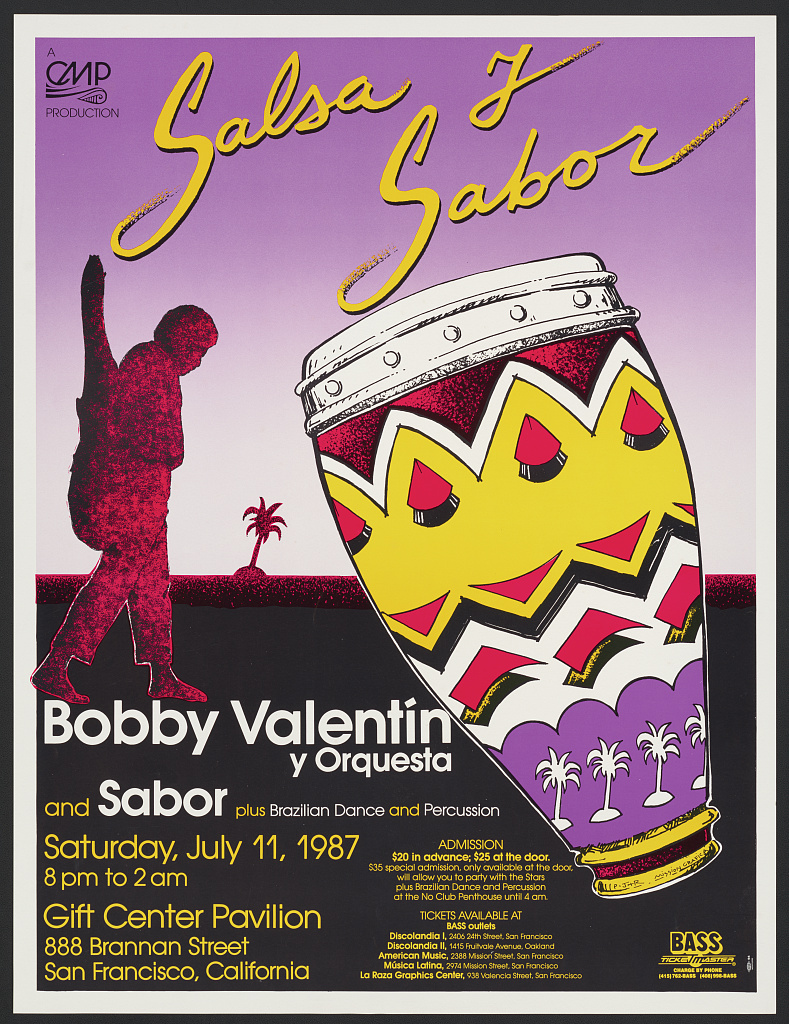Dance Fridays Can Be Fun For Everyone
Wiki Article
The Single Strategy To Use For Dance Fridays
Table of ContentsThe Dance Fridays StatementsAbout Dance FridaysThe smart Trick of Dance Fridays That Nobody is DiscussingGetting My Dance Fridays To Work
Allow's think about Salsa dancing and music as a huge Tree that appears like this: Salsa is danced worldwide while lots of technical facets of the dance coincide across designs (6 actions over 8 beats danced on a quick-quick-slow or slow-quick-quick rhythm), there are several "trademark" functions of the main designs of Salsa that distinguish one from the various other.Couples joining a Gambling enterprise Rueda dance all relocate unison as called by a Leader. Distinct features of Cuban style salsa are circular turn patterns (with "break back" actions on matters 1 and 5) as well as body language motivated by standard Afro-Cuban folkloric dancings. Distinguishing functions of Cali design salsa fasts and intricate maneuvering, danced with a solid hand hold connection in between partners.
The origins of the design are a topic of debate, yet it is said that New York design Salsa dance came from the 1960's due to the increase of Latin American emigrants after the Cuban Change. Eddie Torres is one of the most popular New york city design professional dancer, being practically universally attributed with popularizing the design to dance centres outside of New York.
The standard rhythm of "On-2" is slow-quick-quick. The "youngest" of the designs of Salsa, L.A. Style (some individuals have called it "West Coast" design) came to be preferred in the 1990's and has its origins in ballroom (Mambo, Swing and Cha, Cha, Cha). Transform patterns lead and adhere to strategies are greatly affected by these styles, with the Cross Body Lead being the keystone of the design.
The 6-Second Trick For Dance Fridays
Style are implementation of turn patterns and figures in the "slot", with the break steps on matters "1" and "5". While Salsa music has strong origins in Cuban, Colombian and Puerto-Rican folkoric customs, it can not be marked down that all Afro-Latin and Latin American cultures have contributed to contemporary Salsa music as we understand it today.It's possible that as a result of political factors the payment of Afro-Cuban society and heritage to modern Salsa in the 1960's and 70's is not commonly acknowledged, yet it can not be overlooked the massive payment and impact of the "Queen of Salsa", Celia Cruz. A family name in Cuba and the Central Americas as a vocalist in the 1950's, Celia left Cuba for the U.S

Today Salsa songs is developed, done and popular globally. In 2000 the impact of Latin American music and culture (not just Salsa) was recognized by the National Academy of Recording Arts and Sciences in the U.S (https://www.easel.ly/infographic/rw4ogf). and the Latin Grammy Awards were created. The Latin Grammy's have accentuated the Salsa Legends and contemporary Salsa musicians alike
Examine This Report about Dance Fridays
differentiating features of Salsa music are: 4/4 measure signature, Child Clave and Tumbao rhythms, Montuno Piano Unless you have a background in music, the above 3 features probably indicate nothing to you. A less complicated way to define Salsa songs is just how it does NOT seem like other sorts of Latin American popular songs.Bachata is a straight 4 beat dance with a prevalence of a syncopated guitara line and a clear absence of any "hard" piano, brass (trumpet, trombone) lines. Cha, Cha, Cha looks like Salsa songs the most as it seems like "really sluggish" salsa/mambo. salsa club san francisco. Cha, Cha, Cha can be distinguished by it's emphasis of the double tumbao beat on matters 4 +5 and 8 +1 (the "cha-cha-cha") You've been to a Salsa evening at a club and you're hooked you enjoy the songs, the power, the look of two dancers sliding throughout the dancing floor executing cool rotates and transform patterns
The majority of brand name new professional dancers pick to discover L.A. "On-1" style slotted Salsa styles are the most common in North America (with some exceptions of some city centres that still predominantly accept Cuban and Puerto Rican designs) and L.A
The 7-Minute Rule for Dance Fridays
L.A. Style will quickly teach swiftly instruct fundamentals of Principles timing, weight transfer and turn pattern execution. Several professional dancers, when they have actually had a year or 2 of dancing L.A. Design Salsa under their belts, "button" to New York style in order to expand their dancing vocabulary; but lots of dancers make a decision to stick to simply one design of Salsa and enjoy their time on the dancing flooring in that certain style.Style and New York Style all being danced in the very same club, with much of the dancers being able to change from one design to the other from one tune to the following. Regardless of which style you pick it is essential to stick to that style till you're very comfortable with the basics of timing, body rhythm and structure step execution prior to considering "changing" styles (if you desire to).
Report this wiki page